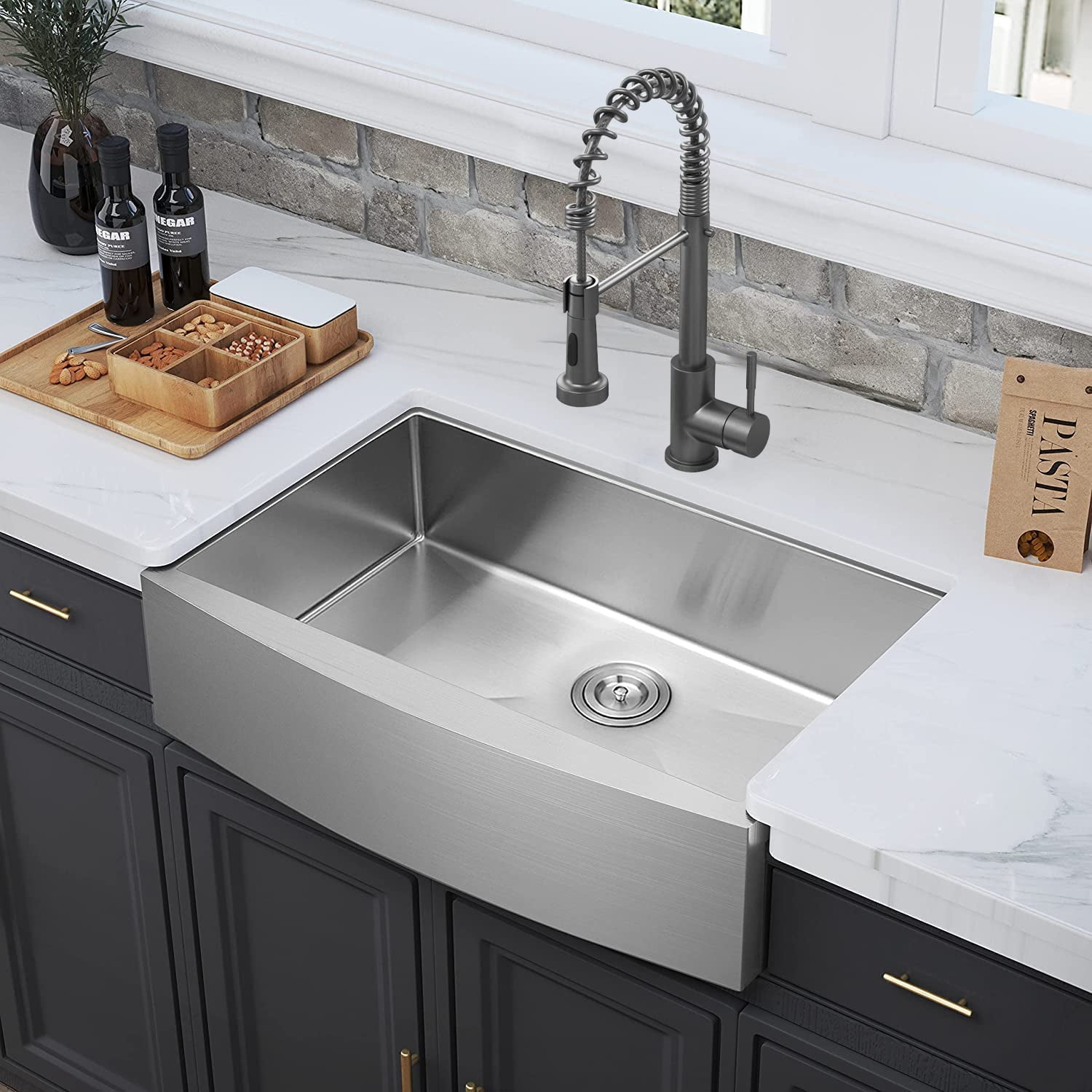What causes low water pressure in kitchen sink? Having adequate water pressure in the kitchen sink is essential for daily tasks such as washing dishes, cooking, and cleaning. However, experiencing low water pressure can be frustrating and hinder the efficiency of these activities. Understanding the causes of low water pressure in the kitchen sink is crucial for identifying and resolving the issue. In this comprehensive analysis, we will explore various factors that can contribute to low water pressure in the kitchen sink, providing insights into potential causes and troubleshooting tips.
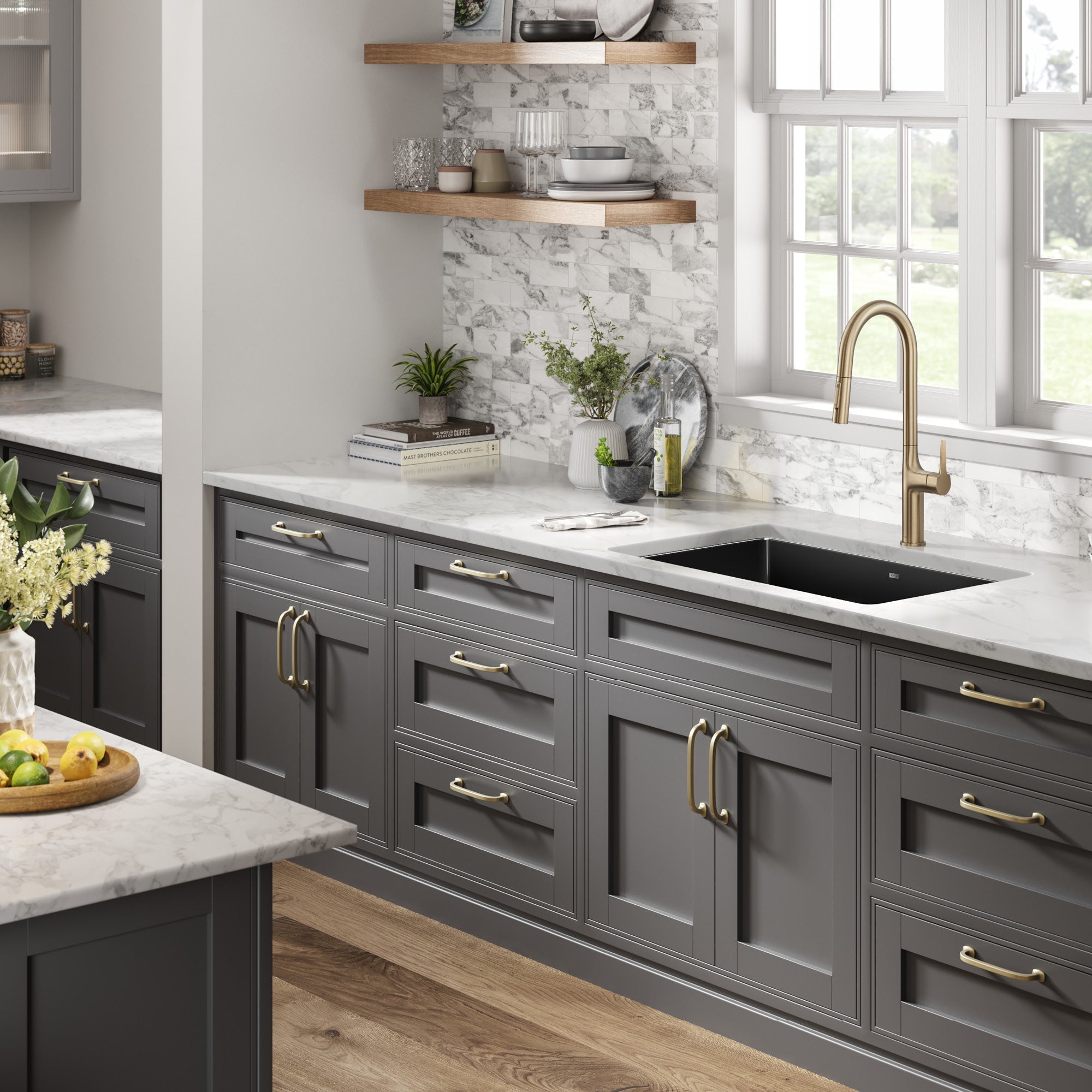
Clogged Aerator:
A clogged aerator is a common culprit for low water pressure in the kitchen sink. The aerator is a small attachment at the tip of the faucet that controls the flow of water. Over time, mineral deposits, debris, or sediment can accumulate and obstruct the aerator. Here’s how to address this issue:
- Remove the aerator: Unscrew the aerator from the end of the faucet spout using pliers or by hand, depending on its design. Take care not to damage the aerator or faucet.
- Clean the aerator: Rinse the aerator under running water to remove any visible debris. If mineral buildup is present, soak the aerator in a solution of equal parts vinegar and water for a few hours to dissolve the deposits. Use a toothbrush or small brush to scrub away any remaining residue.
- Reattach the aerator: Once the aerator is clean, screw it back onto the faucet spout securely, ensuring a proper seal. Test the water pressure to see if the issue has been resolved.
Pipe Obstructions:
Obstructions within the plumbing system can restrict the flow of water, resulting in low water pressure in the kitchen sink. Consider the following factors:
- Mineral buildup: Over time, minerals from hard water can accumulate and form deposits inside pipes, narrowing the openings and reducing water flow. This issue is common in areas with hard water. Professional pipe cleaning or descaling may be required to remove the buildup.
- Pipe clogs: Debris, solid waste, or foreign objects that enter the plumbing system can cause clogs and restrict water flow. Hiring a plumber to professionally remove the clog and restore water pressure may be necessary.
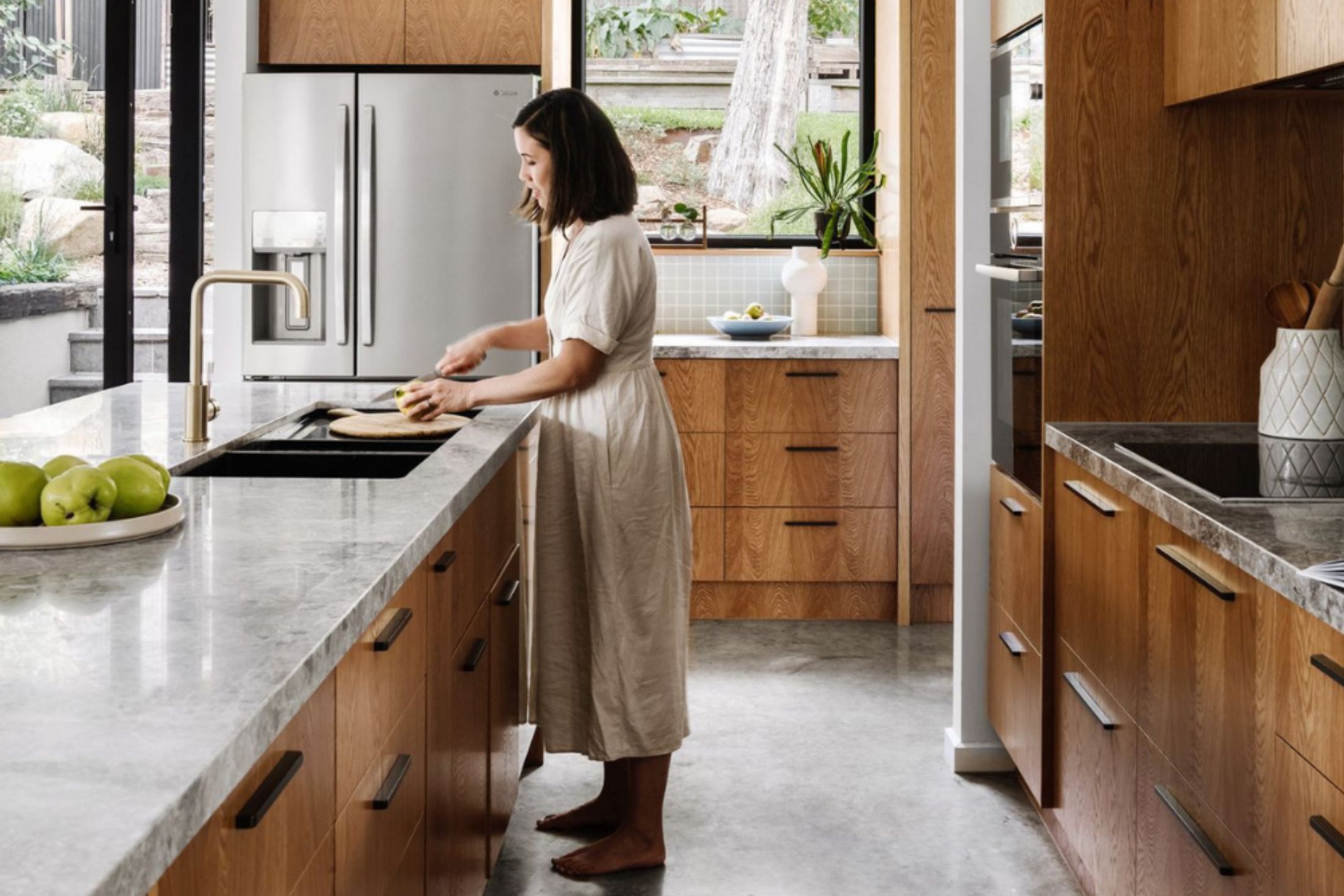
Faulty Valves or Pressure Regulators:
Malfunctioning valves or pressure regulators can disrupt the water pressure in the kitchen sink. Consider the following scenarios:
- Shut-off valve: If the shut-off valve supplying water to the kitchen sink is not fully open, it can limit the water pressure. Locate the shut-off valve, usually located under the sink, and ensure it is fully open.
- Pressure regulator: A faulty pressure regulator can cause inconsistent or reduced water pressure. A pressure gauge can be used to measure the water pressure entering the home. If the pressure is significantly lower than the recommended levels, consider consulting a professional to evaluate and potentially replace the pressure regulator.
Plumbing System Issues:
Low water pressure in the corner kitchen sink may be due to larger plumbing system issues. Consider these possibilities:
- Water leaks: Undetected leaks in the plumbing system can divert water away from the kitchen sink, resulting in low water pressure. Inspect visible piping and faucets for leaks, and consider consulting a plumber if leaks are found or suspected.
- Pipe corrosion: Aging or corroded pipes can restrict water flow and lead to low water pressure. This issue may require professional pipes replacement to restore proper water pressure.
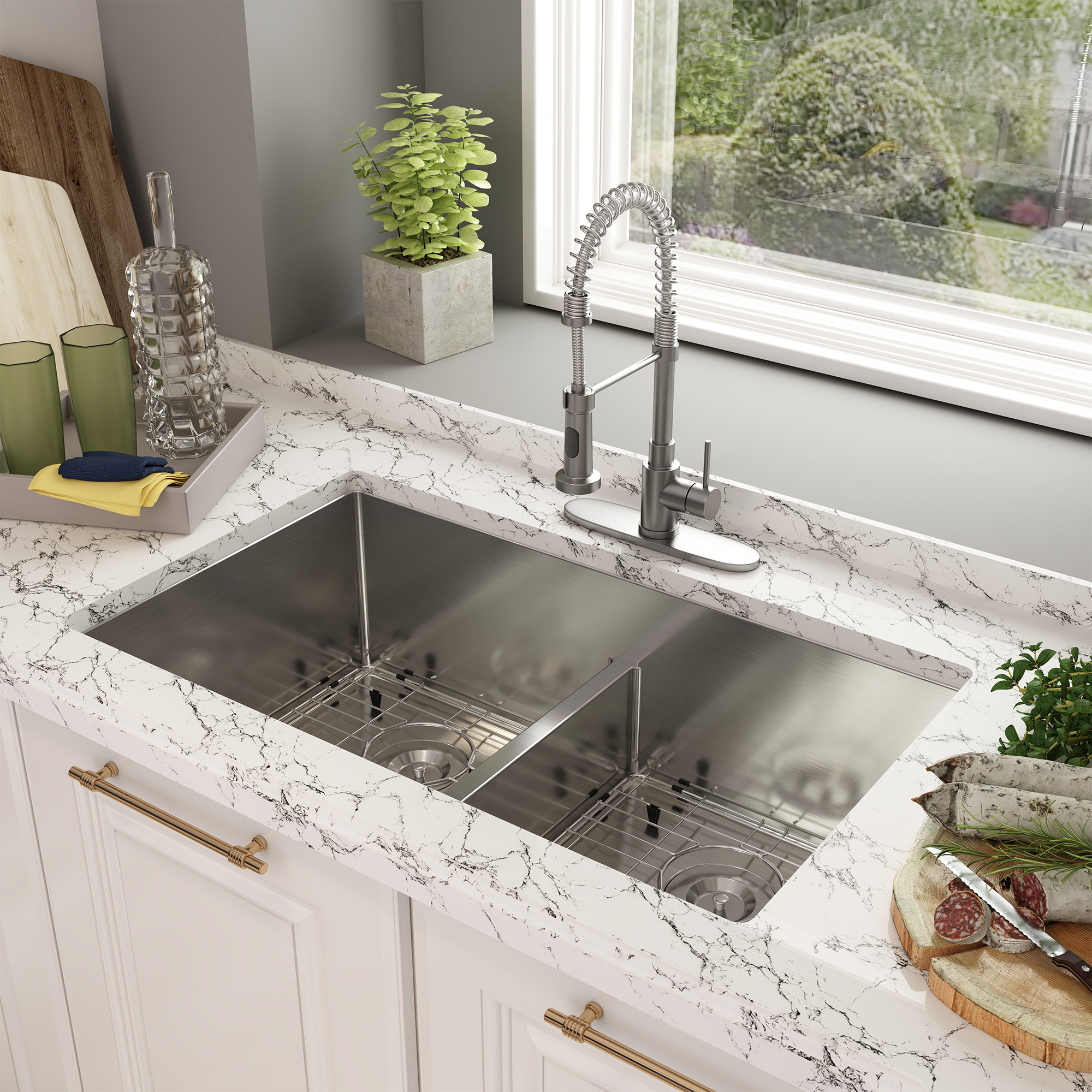
The role of kitchen sink
The kitchen sink is an essential feature of any functional and efficient kitchen. It serves as a central hub for numerous tasks, including food preparation, dishwashing, and general cleaning. But its significance extends beyond functionality, as the kitchen sink is also a design element that adds aesthetic appeal to the kitchen space.
Food Preparation and Cleaning:
The kitchen sink plays a vital role in food preparation and cleaning tasks. Consider the following essential functions:
- Preparing ingredients: The sink provides a convenient area for rinsing, peeling, and washing fruits, vegetables, and other food items. It allows for easy access to water, ensuring cleanliness and hygiene during food preparation.
- Cleaning utensils and cookware: The sink is an integral part of the dishwashing process. It provides a space for scrubbing, rinsing, and sanitizing utensils, dishes, pots, and pans. It accommodates various sizes and shapes of items, making cleaning more efficient.
- Disposing of food waste: Many kitchen sink faucet feature a disposal unit, commonly known as a garbage disposal or food waste disposer. This feature allows for the easy and environmentally friendly disposal of food scraps, minimizing the amount of waste sent to landfills.

Water Supply and Management:
The kitchen sink is responsible for providing and managing water in the kitchen. Consider the following aspects:
- Water supply: The sink is a primary point of access for running water in the kitchen. It facilitates various tasks that require water, such as cooking, drinking, cleaning, and even watering plants.
- Faucet variety: The sink is equipped with a faucet, the visible feature that delivers water. Faucets come in a range of designs, including single-handle, dual-handle, pull-down, and touchless options. The choice of faucet influences both the functionality and style of the sink area.
- Water efficiency: With growing concerns about water conservation, kitchen sinks are increasingly designed to promote water efficiency. Features such as low-flow faucets, aerators, and sensor technology help reduce water consumption without compromising performance.
Design and Aesthetics:
The kitchen sink is a significant design element that contributes to the overall aesthetics of the kitchen. Consider the following design considerations:
- Material selection: Kitchen sinks are available in various materials, including stainless steel, porcelain, granite composite, fireclay, and more. Each material offers different aesthetics, durability, and maintenance requirements. Choosing the right material ensures harmony with the kitchen design and long-lasting satisfaction.
- Sink configuration: Kitchen sinks come in different configurations, such as single bowl, double bowl, and farmhouse options. The choice depends on personal preferences, cooking habits, and the available space in the kitchen.
- Sink placement: The location and placement of the kitchen sink affect the workflow and efficiency of food preparation and cleaning tasks. Proper positioning considers factors such as proximity to cooking surfaces, storage, and access to water and other utilities.
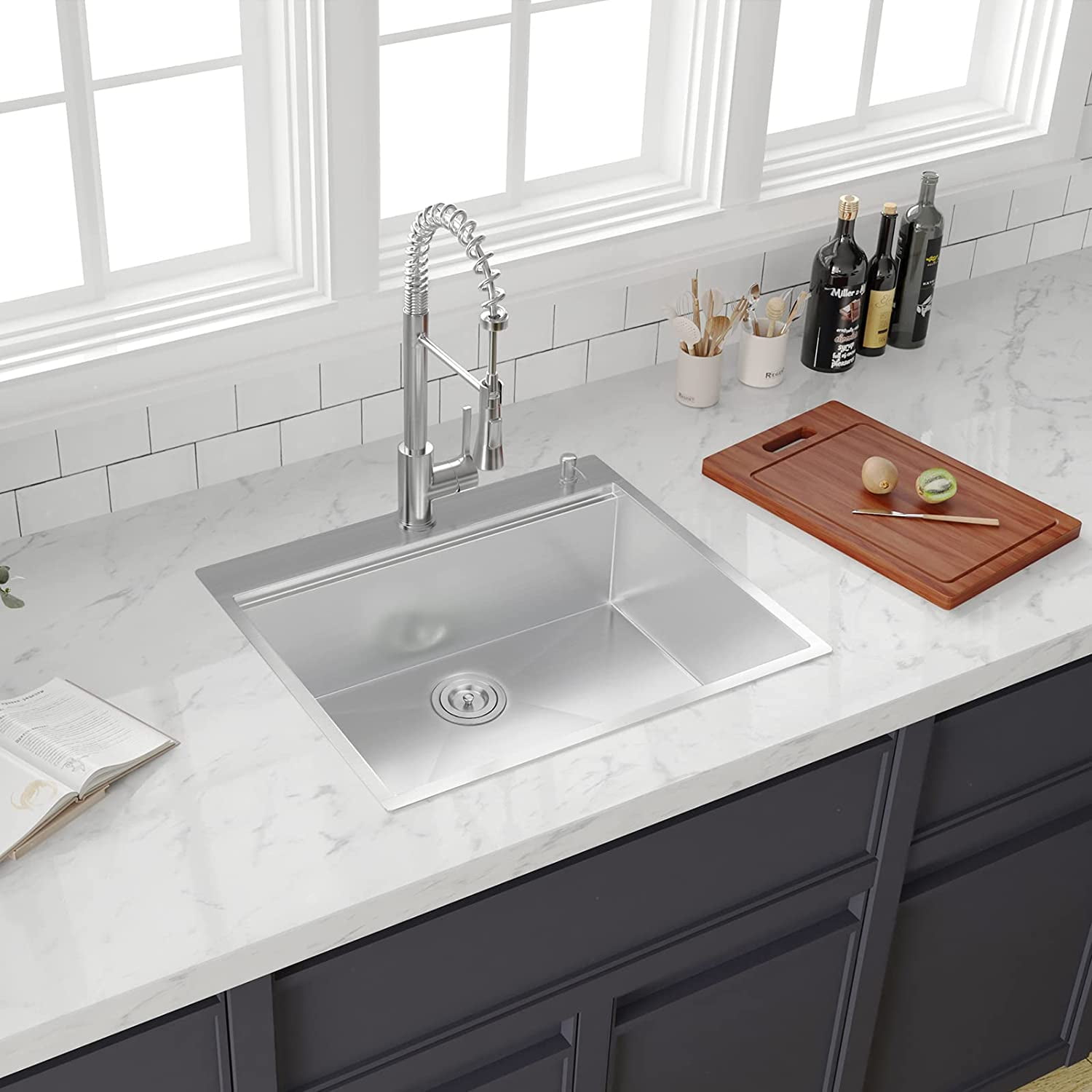
Conclusion:
Low water pressure in the kitchen sink can be caused by various factors, ranging from clogged aerators and pipe obstructions to faulty valves, pressure regulators, or larger plumbing system issues. Identifying the underlying cause is crucial for effectively resolving the issue and restoring adequate water pressure. While some causes can be addressed through DIY methods, others may require professional assistance. It is recommended to consult a plumber if you are uncertain about the cause or unable to resolve the low water pressure on your own. By understanding the factors that contribute to low water pressure and taking appropriate action, you can ensure optimal functionality and efficiency in your kitchen sink area.
